Onitsuka Tiger and ASICS: The History 1970-1985 by Gary Warnett

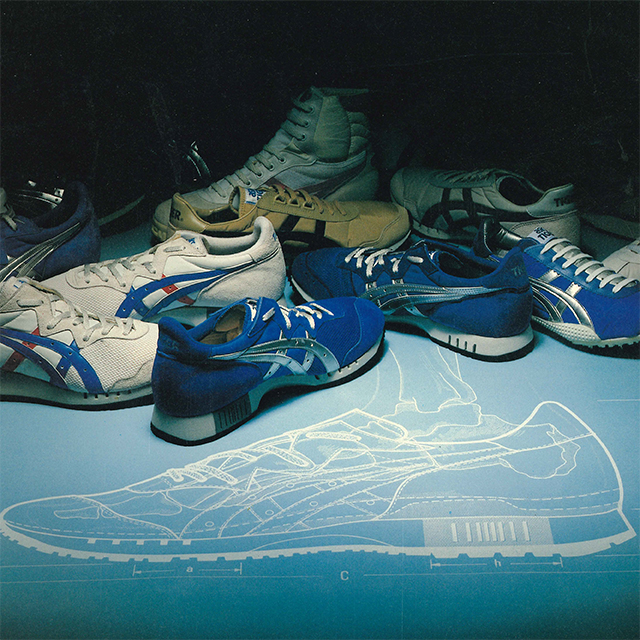
The second part of this feature takes a look at some of the key silhouettes that were released by Kihachiro Onitsuka’s footwear brand between 1970 and 1985.
The Onitsuka Tiger and ASICS story began in 1949 when Kihachiro Onitsuka created Onitsuka Co Ltd. Motivated by a lack of self-esteem in Kobe’s youngsters post-war and a belief that fitness was a significant solution, the company took shape. Striving for perfection, innovation was part of the output from the earliest days of the company. A sound mind in a sound body was Onitsuka’s original vision for betterment and it’s still part of the plan.
1972 — BASKET NYLON
The Onitsuka Basket Nylon was a simple shoe design that benefited from the lightweight nylon upper that was a superior choice of material for basketball than the heavier canvas. This was a more affordable, basic creation than its serious performance siblings. Harking back to the simplicity of the OK basketball design two decades earlier and the blank canvas of the Silver Tiger hi-top, the Basket Nylon also made a fashion statement as sports footwear began to cross over into lifestyle wear. The Basket Nylon was reissued as the Lay Up 72.

1972 — ONICK SKI BOOT
Onitsuka Tiger had made winter footwear several years before this design appeared, using progressive, synthetic fabrics. A 1958 après-ski boot won the company a prestigious design award and their rain shoes for women were equally acclaimed. Serious about ski design, their decision to replace laces with buckles in the 1960s marked Onitsuka as a contender in the industry. The Onick ski boot was part of an entire line in the early 1970s that marks an oft-forgotten era of innovation in comfort technologies for the sport — this would be where air bag experiments were developed prior to their use in other athletic fields. Using the eccentric-looking ‘Air Lemon’ technology, shaped like the fruit, Onick boot could be inflated for a custom fit.
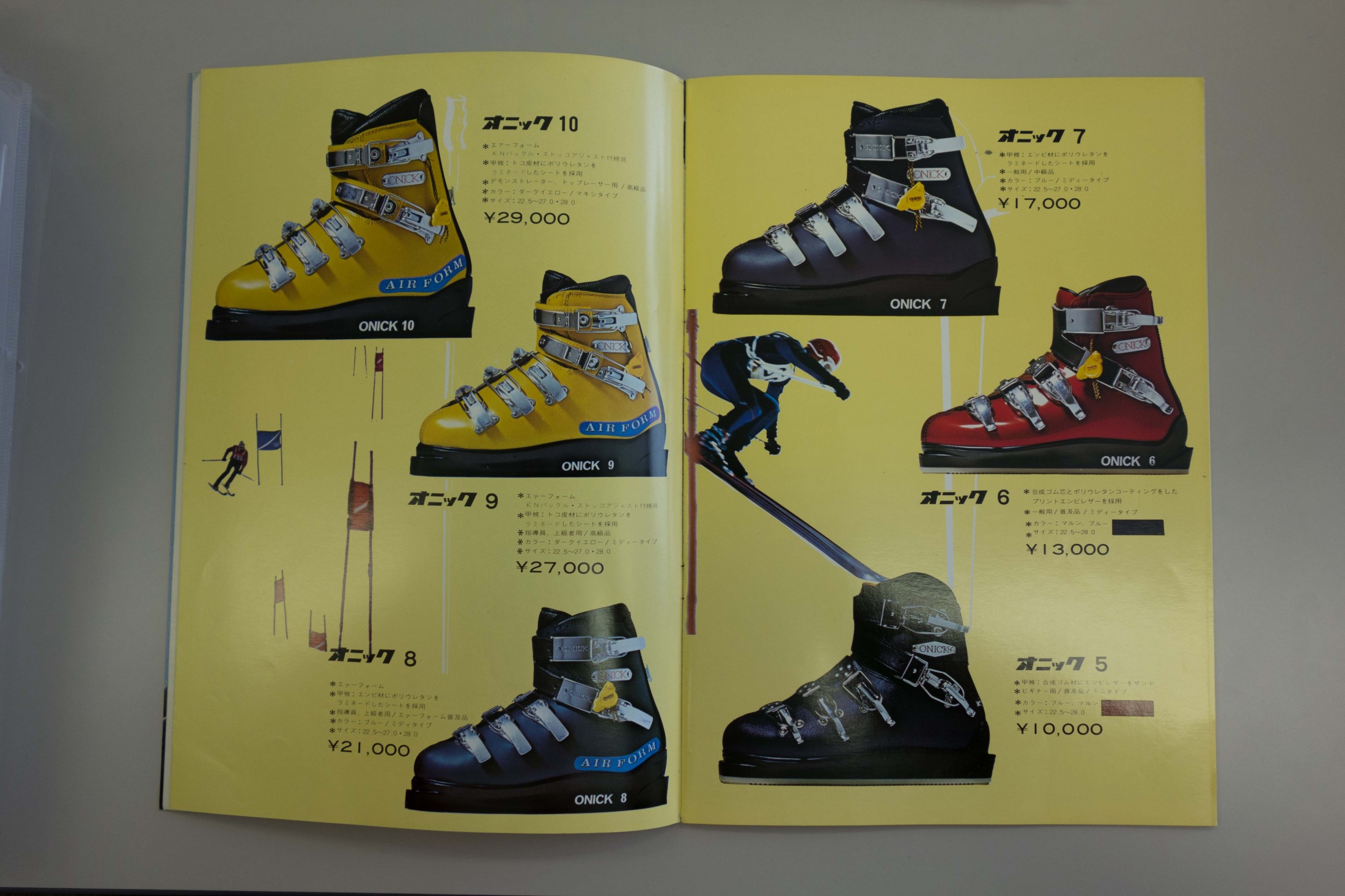
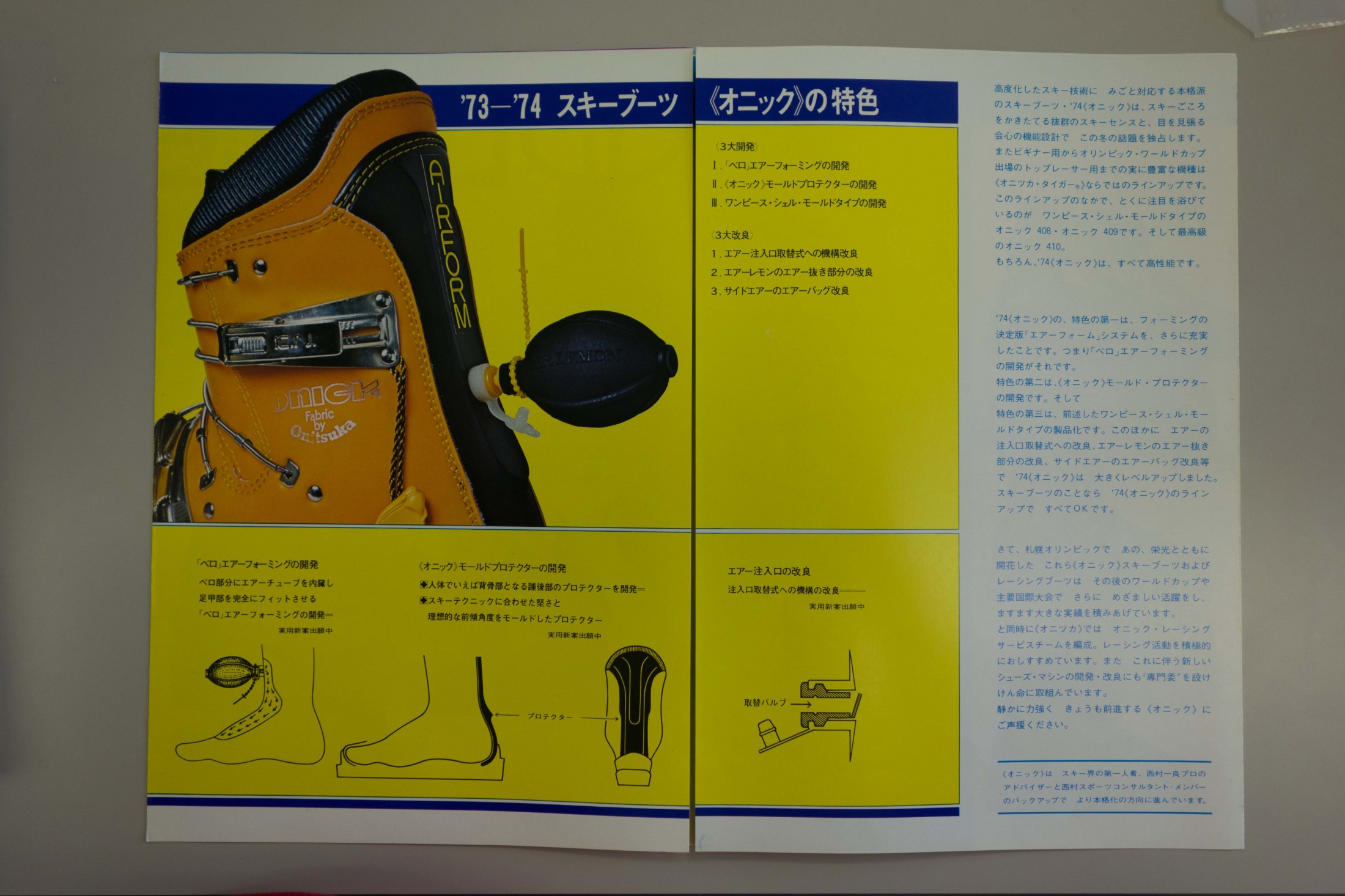
1974 – TIGER PAW SPIKE
After the options of the Runspark years prior, the changeable nature of tracks would alter at the start of the 1970s, with synthetic, all-weather surfaces replacing less predictable ones. That meant the development of a solitary spike that could work in every condition. 1974’s Tiger Paw DS-5700 was EVA cushioned for a new generation of athletes.
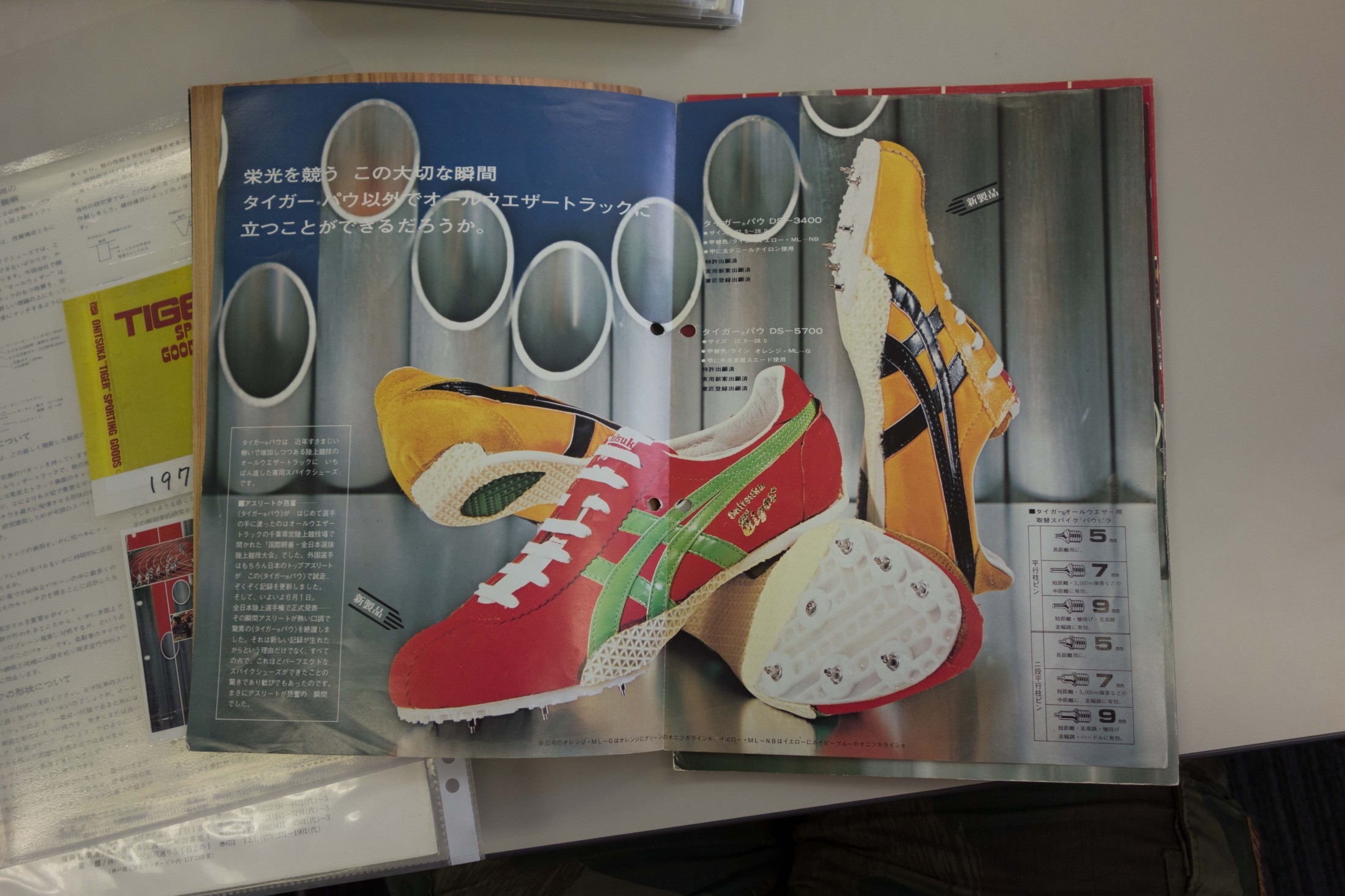
1974 – FABRE BL
Hoops shoes had been part of the Onitsuka Tiger line since the beginning, but with an American all-star team visiting in the mid 1970s, Japan’s interest in basketball had reached a high. The Fabre BL’s slits in the sole were applied for extra flexibility and movement — the Fabre name was derived from ‘fast break.’ That strategy requires speed and this design encouraged that. Fabre would be used as a generic name for all Onitsuka basketball products around this time.
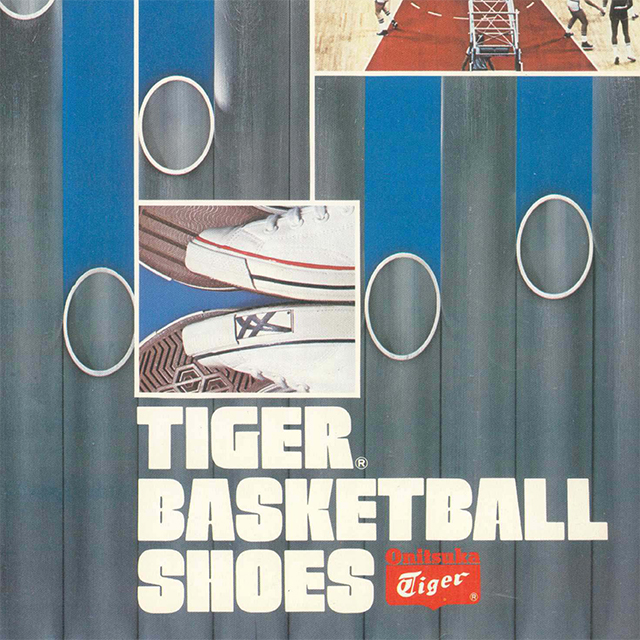
1976 – RUNSPARK
By 1972, Onitsuka Tiger’s reputation for performance innovation had spread from Japan. Finnish distance running legend Lasse Virén was a perfect Tiger athlete, but his love of the brand would cause some controversy. In 1976, this flying Finn was keen to build on his Munich gold medals. After winning the 10,000 metre event again in Montreal, a triumphant Virén waved his specially modified Runspark spikes aloft in victory. That behaviour was deemed an act of promotion, though the athlete explained that it was because he had a blister. Suspended from the 5,000 metre event as a result, it looked like a ‘double double’ was an impossibility until the suspension was overturned two hours before the race. Virén took another gold.
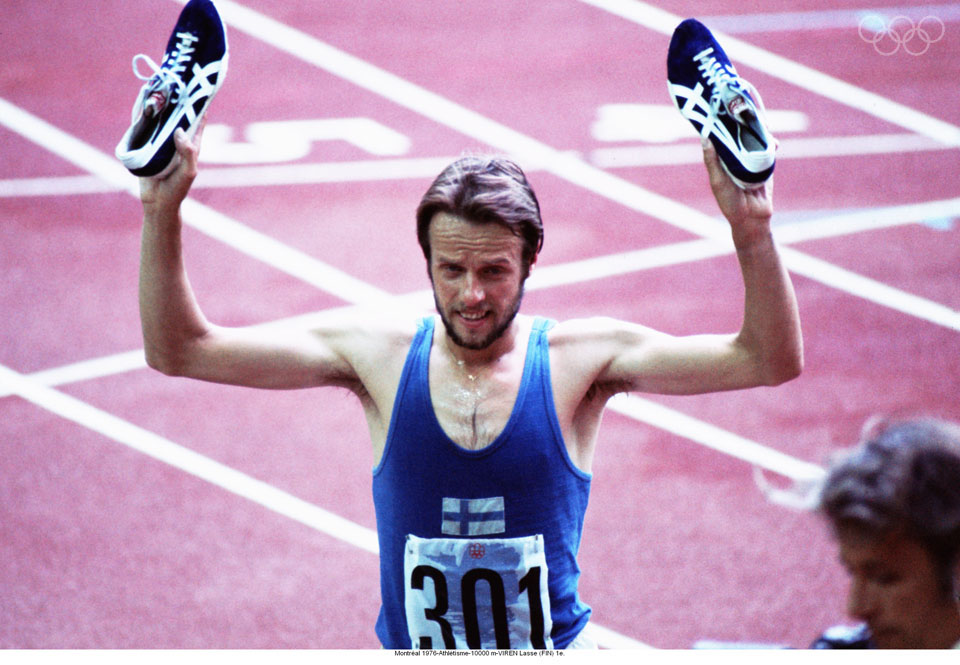
1977 – CALIFORNIA
Almost a decade after the Corsair debuted, the jogging boom was global and the Onitsuka Tiger California built on that foundation, with the now-familiar Tiger stripe branding, to give western joggers exactly what they needed. With the wedge in the midsole still giving runners the stance and cushioning they craved, the use of suede and nylon — which typify the era — gave it lighter weight, while the jagged sole’s extra height at the heel improved traction. The reflective panel at the heel for extra visibility during night runs — essential as many Japanese joggers preferred to exercise in darkness — helped make this a flagship part of a collection that included other distinctly American-sounding classics like the San Diego and Enduro.

1977 – THE ASICS ERA BEGINS
Onitsuka Tiger’s name change has been the cause of confusion for those looking to understand the company’s long line of performance breakthroughs. In 1972, Onitsuka Tiger, GTO (a sportswear and net manufacturer) and Jelenk (a knitwear manufacturer) worked together to create a regional sales office. On the 21st of July, 1977 the three entities cemented their relationship by uniting to create ASICS, which took its name from an acronym of the Latin phrase, anima dana in corpore sano that translates as, “a healthy mind in a healthy body” — Mr. Onitsuka’s mantra since the very start of his company.
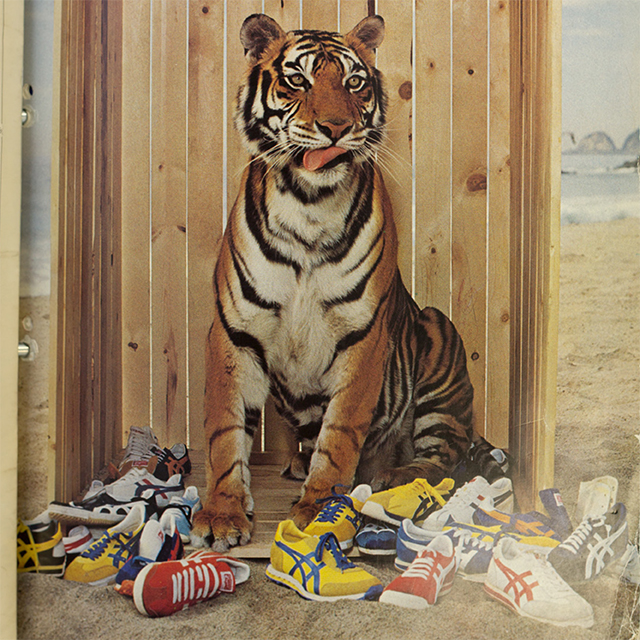
1979 – ASICS research laboratory opens in 1979.
The Kobe-based laboratory added a scientific element to the development of their footwear and were consistently make significant improvements to their products. They analysed the different movements required in each sport and redesigned every part of a shoe to improve performance and reduce the likelihood of injury. They also undertook stringent tests on their materials making sure they met the high standards of the brand and the sportsmen and women wearing their footwear.
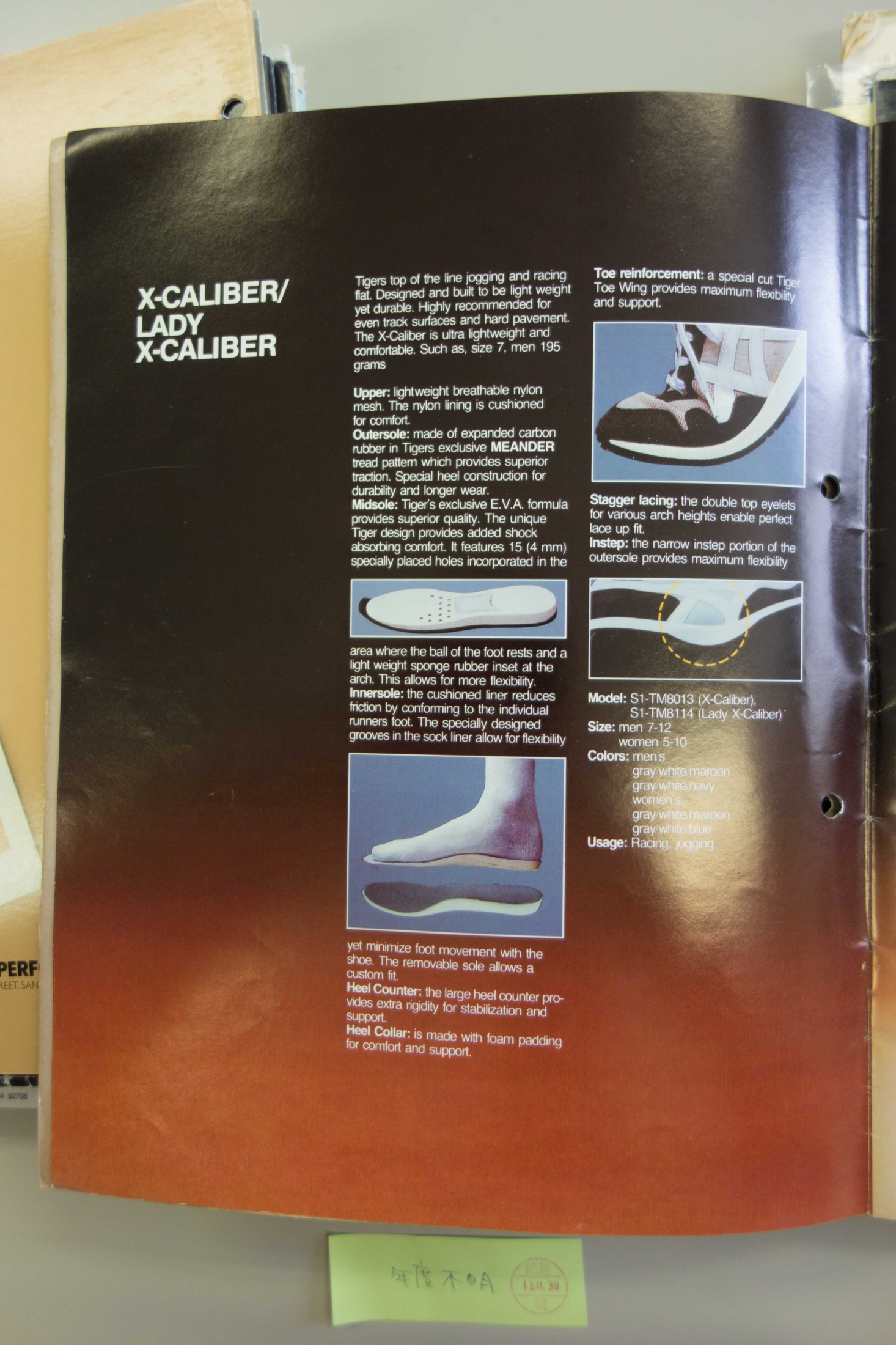
1980 – X-CALIBER
Marketed towards marathon runners alongside the Ultra-T design (which, like the X-Caliber, would get modified with new technologies in subsequent years), the X-Caliber was the start of a series that would pass the baton in the lead up to Gel’s debut. Distance runners, racers and joggers all had a wealth of options to pick from by this point and this shoe was made for lightweight comfort, support and high mileage without compromising a thing

ULTIMATE — 1981
In 1979, the ASICS research facility in Kobe opened to give the company a competitive edge with state-of-the-art equipment and a painstaking approach to improving its output. One of the first fruits of the facility’s findings was the present in the Ultimate. If you’re going to give a shoe a name like that, it needs to perform to the highest standard and the unique vent holes in the sole for shock absorption, a honed forefoot for ultimate toe-off and commitment to heel support would set off a new decade of technology. After the Ultimate a slew of acclaimed running shoes would follow that are still considered the finest of their era.
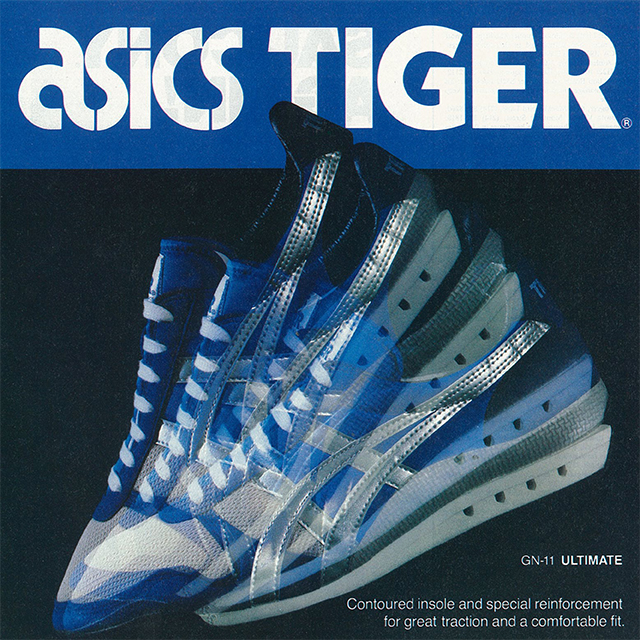
1982— X-CALIBER GT
Acclaimed by the running press on its release, this sequel to the best selling ASICS Tiger X-Caliber took everything its predecessor pioneered and created a new personal best. The Air Flex Canal cushioning nods back to its Magic Runner forefather, but with some much competition in the market, it had to stay competitive — those Flex Canal holes in the sole allowed the foot to bend naturally but provide more support where it mattered. The stabilising pillar at the heel kept the foot and ankle in the perfect position to enhance stability, the Quadra Lacing System was focused on four stress points to properly position the foot. Memory EVA in the midsole meant an ultimate, custom fit for each wearer. Tri layered nylon, breathable mesh and a wrap around tongue completed the X-Caliber GT (short for Gran Turismo.) To continue the lineage of innovation, a sequel of sorts (there were several GT shoes, including an Ultimate GT, Marathon GT and Ultimate GT) would be 1986’s pioneering GT II.









